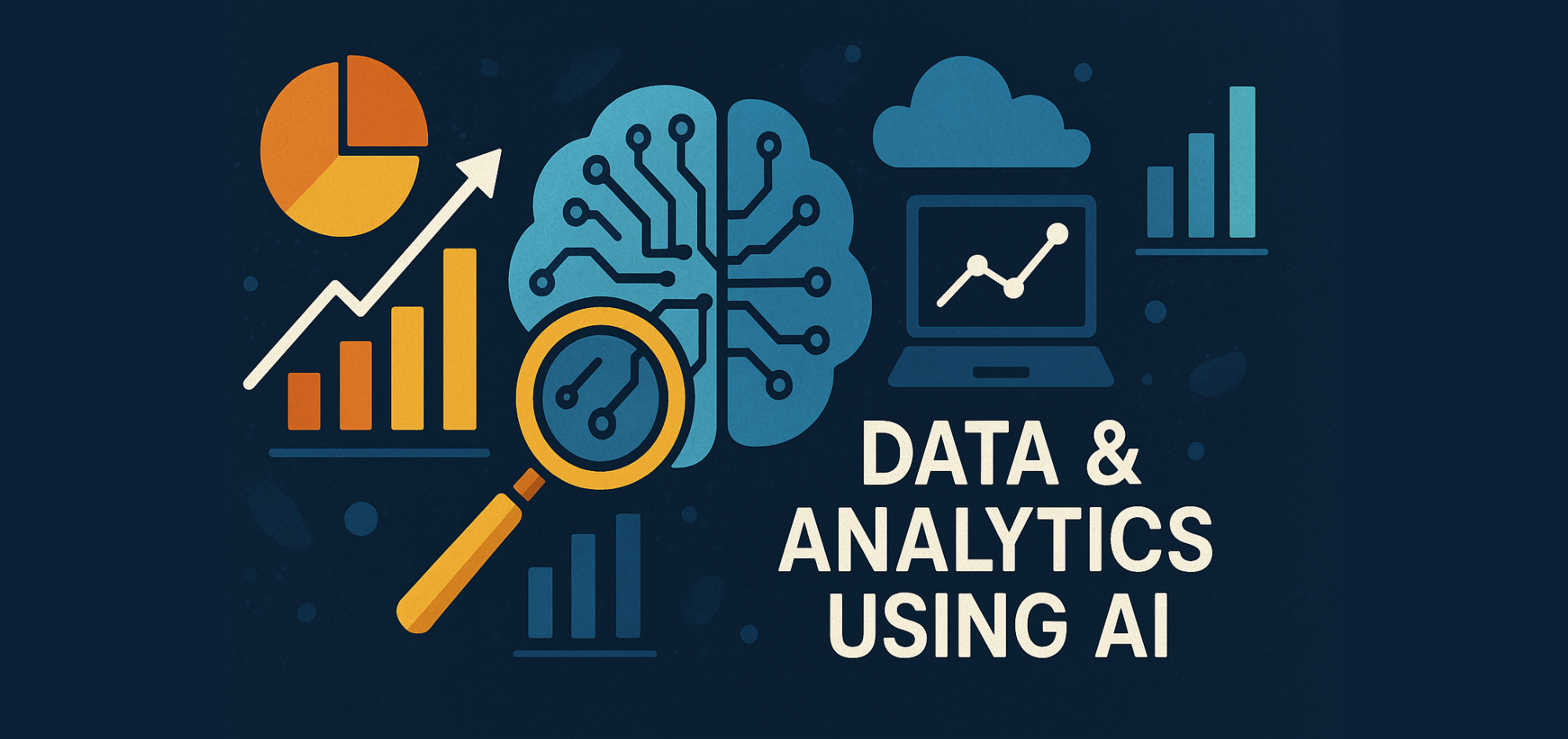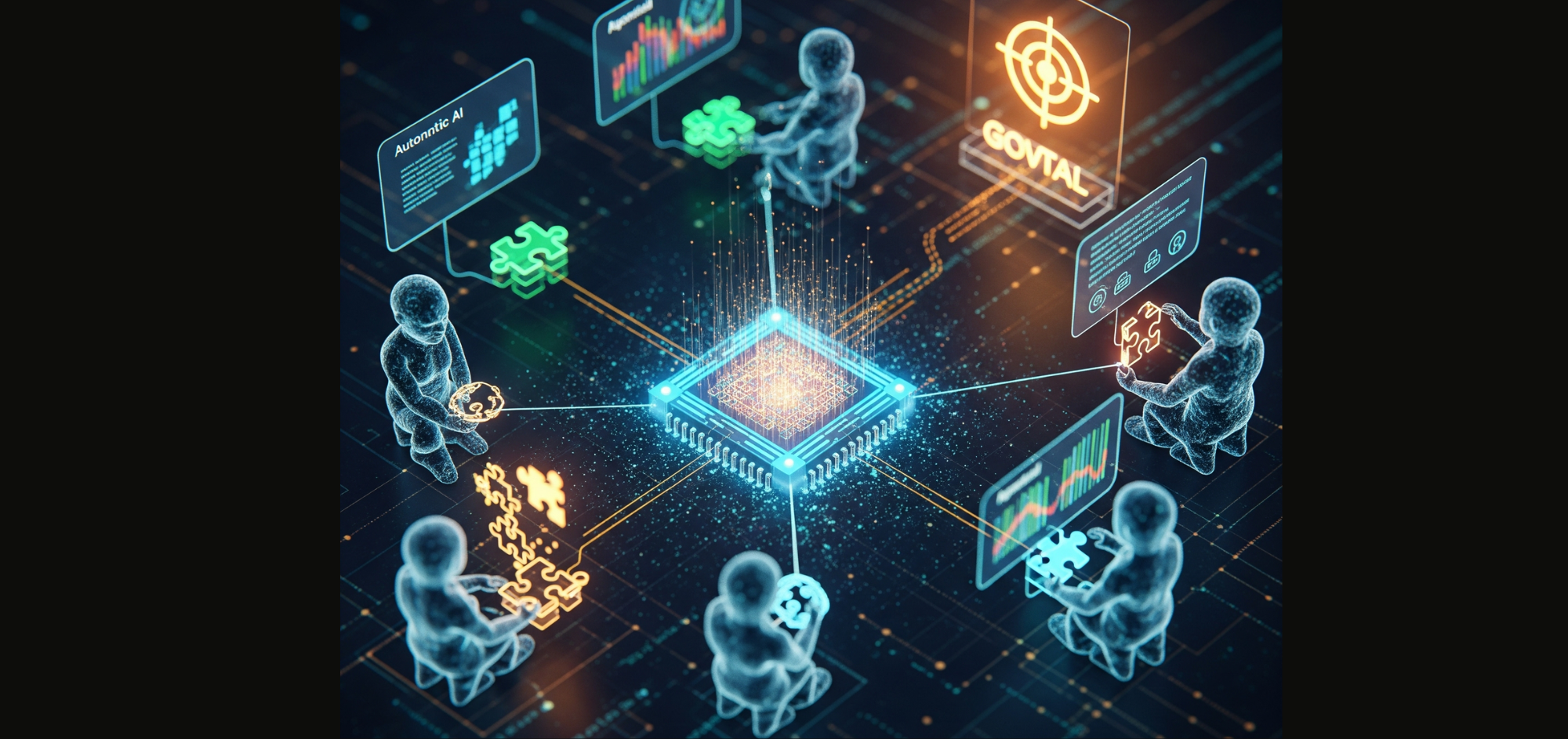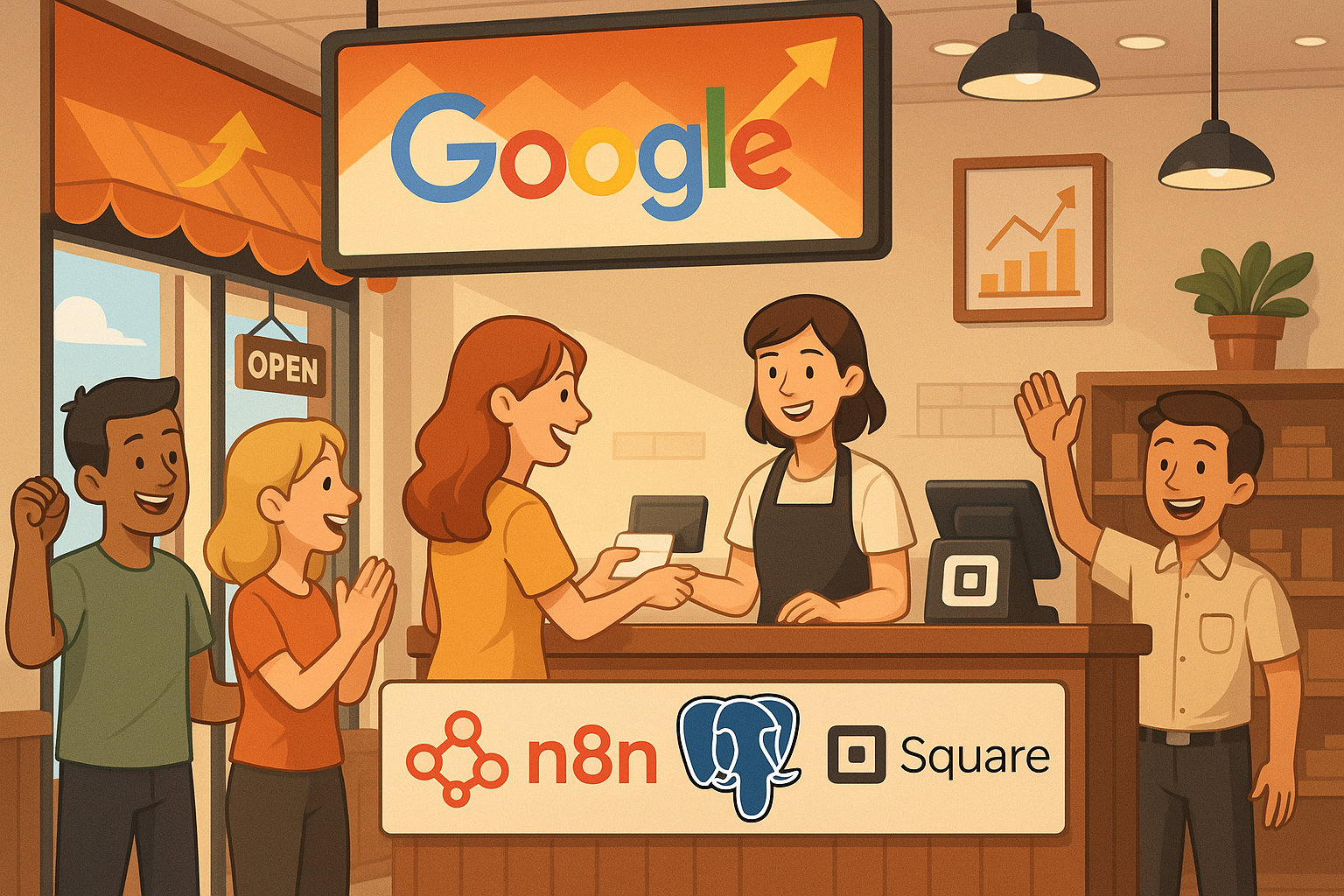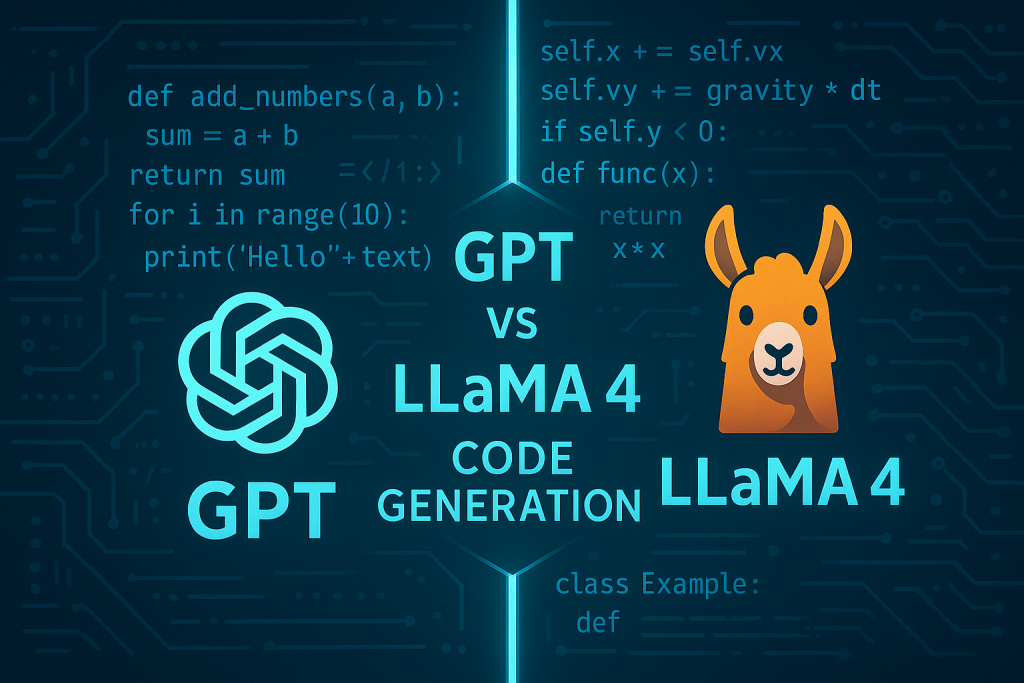Introducing GPT-4o Mini: The Future of Lightweight AI Models
Discover How GPT-4o Mini Balances Power and Efficiency for Everyday AI Tasks
Introduction
ChatGPT-4o Mini is a streamlined version of OpenAI’s GPT-4, designed to offer powerful language processing capabilities with lower resource consumption and cost. It was developed in response to the growing demand from small businesses, educational institutions, and individual developers for affordable AI tools. While it sacrifices some performance compared to the standard GPT-4, it remains effective for tasks like text generation and simple conversations. The key reason for its popularity is its balance between cost-effectiveness and functionality, making advanced AI technology more accessible to a broader audience.
ChatGPT Versions Overview
When selecting the appropriate version of ChatGPT for your needs, it’s essential to consider the specific features, strengths, and limitations of each model. Below is an overview of the different ChatGPT versions, highlighting their characteristics, advantages, and best use cases.
1. GPT-4o
Characteristics
- Latest and Most Intelligent: GPT-4o is the newest model, offering the highest level of intelligence and the ability to handle the most complex tasks.
- Fastest Performance: Among all versions, GPT-4o provides the quickest response time, making it ideal for real-time applications.
- 128k Context Length: This model can process large amounts of text, equivalent to an average or longer novel.
- Multimodal Capabilities: GPT-4o supports both text and image input/output, as well as audio input/output, making it versatile for various applications.
Advantages
- Superior intelligence and capability to manage complex tasks.
- Ability to handle extensive content with its large context length.
- Enhanced functionality with support for text, image, and audio processing.
Limitations
- Higher computational resource requirements, which may lead to increased costs.
Best Use Case: GPT-4o is ideal for enterprises, research institutions, or developers who need to tackle complex tasks, especially in scenarios that demand real-time processing and multimodal capabilities.
2. GPT-4o Mini
Characteristics
- Lightweight Version: GPT-4o Mini is a more streamlined version of GPT-4o, designed for environments with limited resources.
- 128k Context Length: Similar to GPT-4o, it can handle longer text inputs.
- Multimodal Capabilities: It supports text, image, and audio input/output, though with some limitations compared to GPT-4o.
Advantages
- More cost-effective with lower resource consumption.
- Retains multimodal support, making it suitable for diverse tasks.
Limitations
- Lacks access to the advanced tools available in GPT-4o, which may restrict its ability to handle extremely complex tasks.
Best Use Case: GPT-4o Mini is perfect for small businesses, educational institutions, or individual developers who need powerful AI capabilities but operate within budget constraints.
3. GPT-4
Characteristics
- High Intelligence: As the predecessor to GPT-4o, GPT-4 still offers robust processing power.
- 128k Context Length: Capable of handling lengthy content, such as novels.
- Multimodal Capabilities: Supports text, image, and audio input/output.
Advantages
- High-level intelligence suitable for complex tasks.
- Comprehensive functionality that adapts to various application needs.
Limitations
- Slightly slower and less advanced than GPT-4o in terms of performance and features.
Best Use Case: GPT-4 is suited for users who need a high level of AI capability but may not require the absolute cutting-edge features of GPT-4o, making it a cost-effective yet powerful option.
4. GPT-3.5 (API Only)
Characteristics
- Fast and Simple: GPT-3.5 is designed for straightforward tasks that require quick processing.
- 16k Context Length: Suitable for shorter text inputs, such as a few articles or a short story.
- Text and Audio Support: Primarily handles text input/output, with basic audio capabilities.
Advantages
- Fast response time, ideal for routine tasks.
- Lower resource consumption, resulting in reduced costs.
Limitations
- Limited context length and lack of multimodal support, making it less versatile.
- Not suitable for processing long or complex content.
Best Use Case: GPT-3.5 is ideal for scenarios that require fast completion of simple tasks, such as customer service chatbots or automated daily operations, where advanced AI features are not necessary.
How to Use ChatGPT-4o mini
Step 1: Register or Log in to Your OpenAI Account.
Using ChatGPT-4o mini is quite easy. The first thing you need to do is go to its official website and register or log in to your OpenAI account.

Step 2: Upgrade Your Current Free Plan to A Paid Version.
Because ChatGPT-4o mini is a business product, if you don’t pay, you are limited to a certain number of uses within a given time period. To fully utilise the service, you need to upgrade to a paid version. To do this, click on the profile icon in the top right corner, then select My Plan from the dropdown menu.

This paid plan includes access to all ChatGPT models, such as ChatGPT-4o, ChatGPT-4o mini, ChatGPT-4, DALLE, and more. The cost is $20 USD per month for a personal plan.

Step 3: Select the ChatGPT-4o Mini Model
Click the model selection button on the top left side, then choose GPT-4o mini. Once you’ve done that, you’re all set!

Performance and Benchmarks of ChatGPT-4o Mini
GPT-4o Mini stands out among smaller AI models, surpassing GPT-3.5 Turbo and other compact models in both textual intelligence and multimodal reasoning, while supporting the same range of languages as its larger counterpart, GPT-4o. It also excels in function calling, making it a strong choice for developers looking to build applications that interact with external systems. Additionally, GPT-4o Mini shows significant improvements in handling long-context tasks compared to GPT-3.5 Turbo.
Across several key benchmarks, GPT-4o Mini has demonstrated exceptional performance:
- Reasoning tasks: GPT-4o Mini outperforms other small models in text and vision-based reasoning, achieving 82.0% on the MMLU benchmark, compared to 77.9% for Gemini Flash and 73.8% for Claude Haiku.
- Math and coding proficiency: The model excels in mathematical reasoning and coding, scoring 87.0% on the MGSM math reasoning benchmark, outpacing Gemini Flash’s 75.5% and Claude Haiku’s 71.7%. It also scored 87.2% on the HumanEval coding benchmark, well above Gemini Flash’s 71.5% and Claude Haiku’s 75.9%.
- Multimodal reasoning: GPT-4o Mini also shows strong performance in multimodal reasoning, scoring 59.4% on the MMMU benchmark, surpassing Gemini Flash’s 56.1% and Claude Haiku’s 50.2%.

Performance Differences Between GPT-4o and GPT-4o Mini
Example 1: An Easy Question
Question: Explain the key differences between renewable and non-renewable energy sources, and suggest which one is more suitable for long-term global sustainability in about 200–300 words.
Answer from ChatGPT-4o mini:

Answer from ChatGPT-4o:

From this, we can see that both GPT-4o and GPT-4o Mini handle this question well within the word limit, delivering clear and concise explanations. The differences in the answers provided by the two models are likely minimal, making this an ideal example to demonstrate that there isn’t a significant performance gap between them in everyday, practical tasks.
Example 2: More Complex Question
Question: Generate a creative short story (300–400 words) that incorporates complex character development, an unexpected plot twist, and rich, descriptive language
Answer from ChatGPT-4o mini:

Answer from ChatGPT-4o:

When it comes to complex questions, GPT-4o Mini doesn’t perform as well as GPT-4o. From this example, we can also see that the story generated by GPT-4o Mini lacks logical coherence, with many parts that don’t make sense. GPT-4o is likely to create a more intricate story with deeper character development, a more sophisticated plot twist, and richer, more vivid descriptions. While GPT-4o Mini is still capable of generating a good story, it might simplify character development, deliver a less surprising plot twist, and use less detailed or nuanced descriptive language.
Conclusion
GPT-4o Mini is a standout option for those who need powerful AI capabilities without the high resource demands and costs associated with larger models. It strikes an impressive balance between performance and efficiency, making it an ideal choice for small businesses, educational institutions, and individual developers. While it may not match the full capabilities of GPT-4o, GPT-4o Mini offers a cost-effective solution that excels in everyday tasks, providing accessible advanced AI technology to a broader audience.
A key advantage of GPT-4o Mini is its affordable API, making it even more appealing for users who need to integrate AI into their applications without breaking the bank. This affordability, combined with its robust performance, ensures that even users with limited resources can leverage cutting-edge AI technology.
As AI continues to advance, GPT-4o Mini represents the future of lightweight, yet highly capable models, ensuring that even users with limited resources can harness the power of cutting-edge technology. Whether you’re developing applications, automating workflows, or simply exploring AI’s potential, GPT-4o Mini delivers robust performance at a fraction of the cost, making it a valuable tool for a wide range of applications.
References
- OpenAI Team. “GPT-4o mini: advancing cost-efficient intelligence.” OpenAI GPT4o-mini Official Website, 18 Jul. 2024. Read me. Accessed on 23 Aug 2024.
- OpenAI Team. “How can I access GPT-4, GPT-4 Turbo, GPT-4o, and GPT-4o mini?” OpenAI Help Centre, Aug. 2024. Read me. Accessed on 23 Aug 2024.
Catch the latest version of this article over on Medium.com. Hit the button below to join our readers there.



















